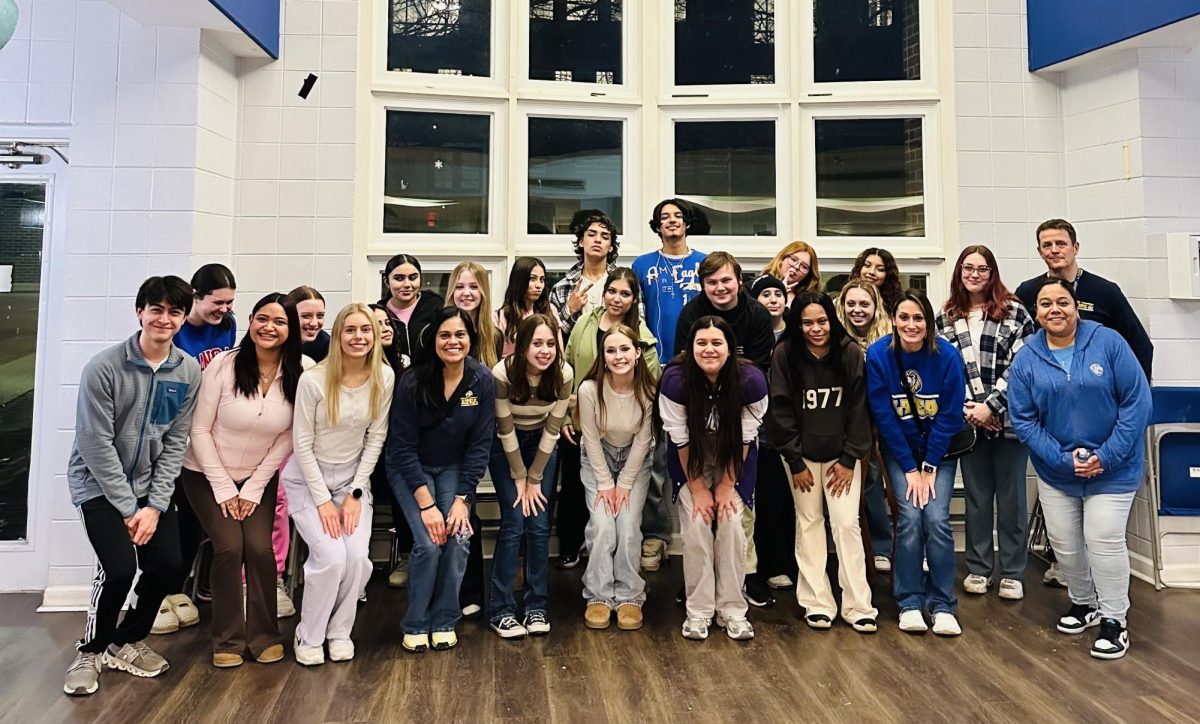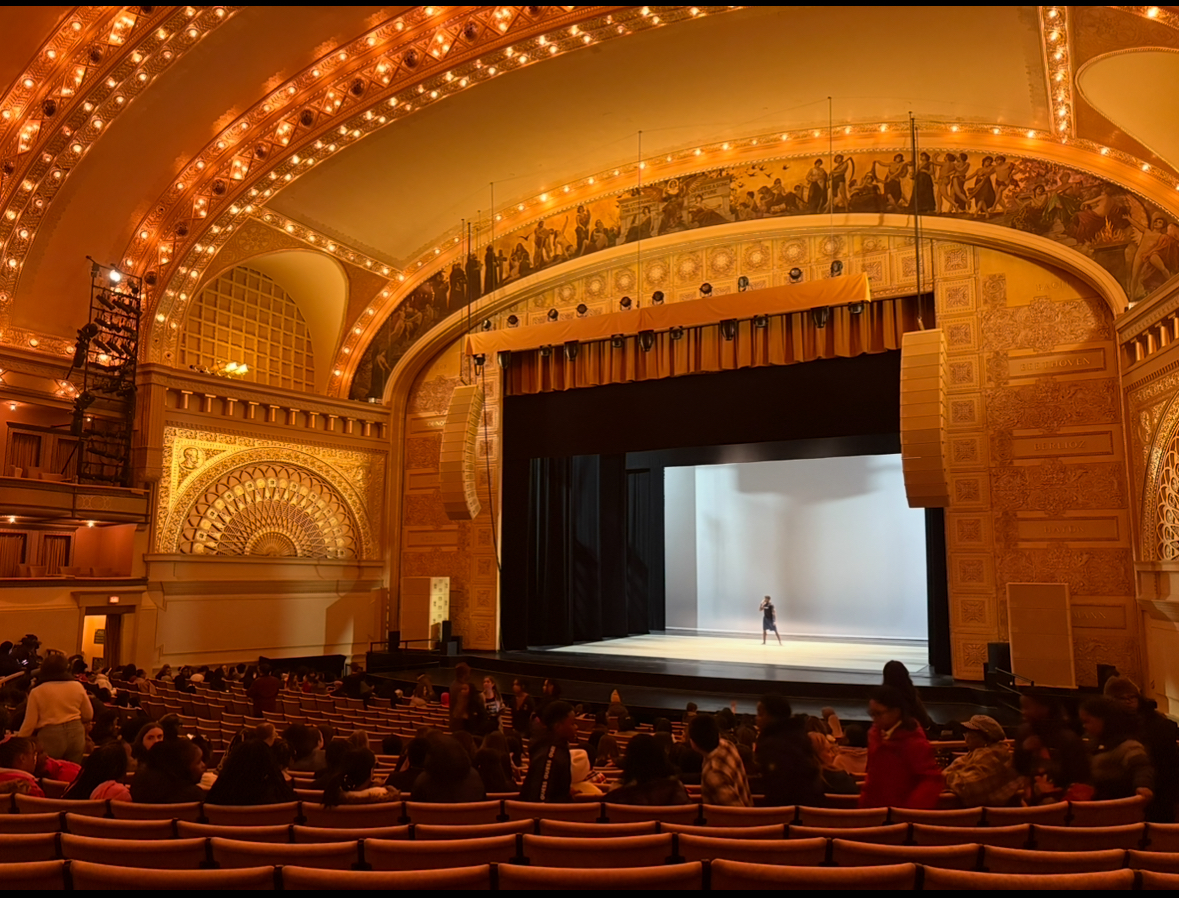At the end of every school year, incoming juniors bid farewell to the Western Springs campus reserved for underclassmen and prepare to enter the massive maze that is NC. For the final years of high school, upperclassmen enjoy the upscale cafeteria, the wide range of courses, and the collegiate-oriented focus that NC offers to best prepare students for their future. One problem students didn’t expect to receive is the frequently dreaded message that flashes across their phones during use: service unavailable.
Every day, juniors and seniors experience the frustrations of failed messages, slow networks, and the irritation of the inability to navigate social media channels. Despite the fact that students connect to the district’s network called LT-GUEST, students’ personal devices are often still unable to perform properly. Many might believe that the technology-addicted upperclassmen are overreacting over the district’s poor network, but is that really the case?
LT’s student body is composed of Generation Z, those born between 1995 and 2012, so it’s not surprising that they have the longest daily screen time average of all generations from growing up in the digital age. However, phones serve as more than just a source of entertainment; they are also used to ensure students’ safety and connection. According to the National Parents Union, guardians’ primary reason for wanting their child to have a phone is to be able to communicate in case of an emergency at school. The one thing that would hinder that communication and possibly bring a risk to a student is poor network service.
A top concern for all school districts is the security of their students, faculty, administrators, and staff. At the start of the year, LT sends an email to students and parents asking if they would like to be linked to the school alert system, which sends out texts on instances of a soft lockdown or similar situations. In the event in which the school alert system would be used and an announcement was not able to be made, what would be the consequences of the district network causing a 10-minute delay for the message to send? Would the message’s delay caused by slow service not lead to the risk of the people’s safety within the school?
According to an official from LT’s Technology Services, weak internet connections are attributed to inadequate infrastructure, too few wireless access points, and location. The structure of NC is built with brick, which, because of its thickness and density, interferes with WiFi signals. Despite the building’s structure, LT can still provide adequate network connection by upgrading to new routers, placing wireless access points in every classroom, or investing in multiple WiFi boosters. When contacted for further information regarding what students are able to access on LT-GUEST with their personal devices and how LT could improve network connectivity, the school did not offer a response.
From canceled dentist appointments to last-minute messages to pick up siblings after school, phones are the primary way which today’s society communicates and conveys information. Given the district network’s poor service that causes delays in receiving or delivering texts, communication is consequently hindered which can hurt more people than just the student on campus. Nobody wants to leave their younger sibling to walk home in the pouring rain.
LT students have the right to be assured of their safety while on school grounds by having access to a strong, reliable district network. Instead of saving more funding towards SC update projects, the school should consider using that money to pay for a more dependable service or updates to the district network. After all, if students are hanging out classroom windows to get reception, shouldn’t that mean it’s time to find a better network?



















![Movie poster for '[Rec]" (2007).](https://www.lionnewspaper.com/wp-content/uploads/2023/04/rec-640x900.jpg)




